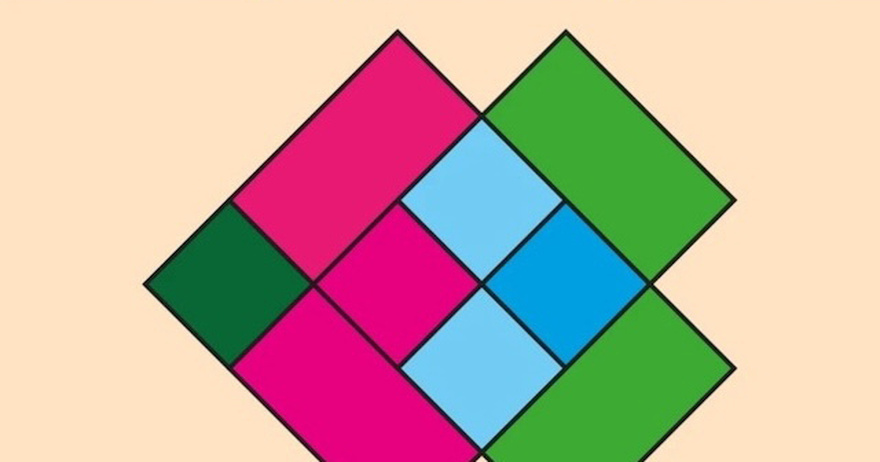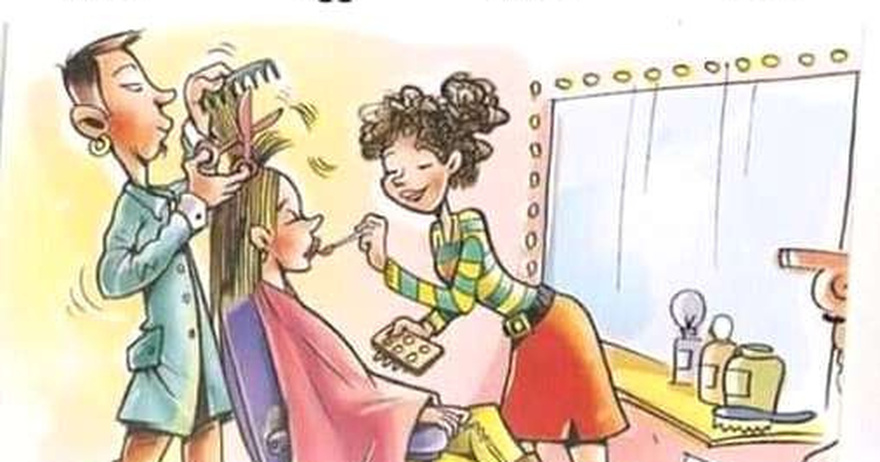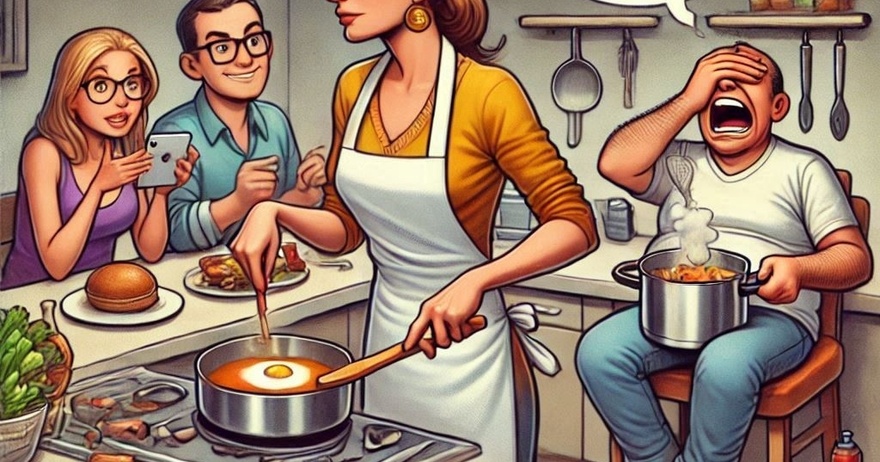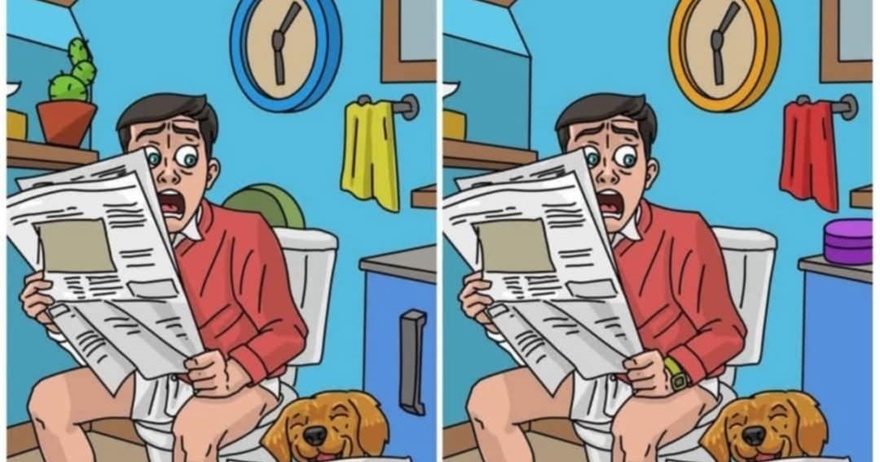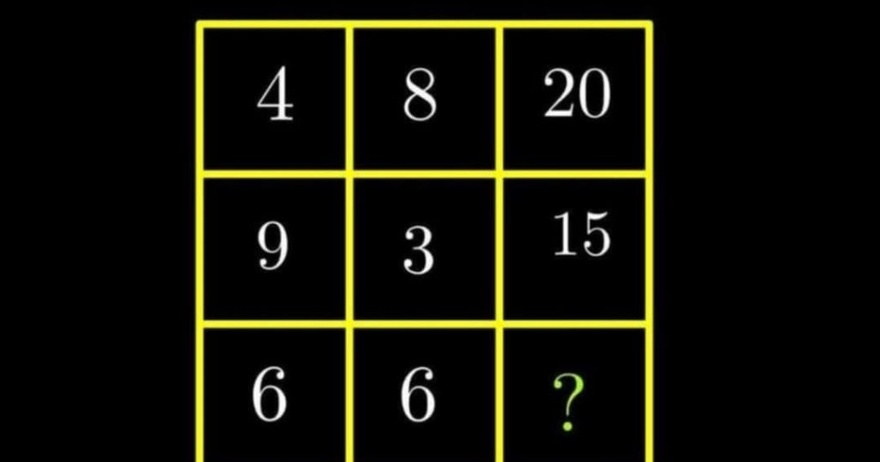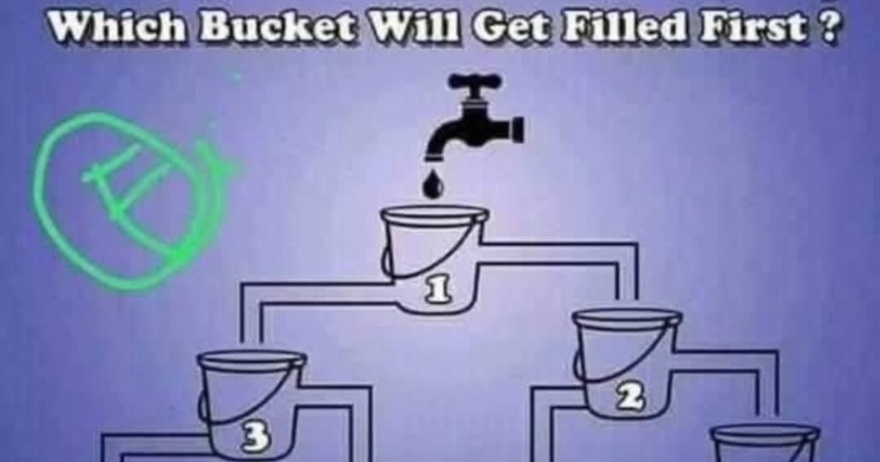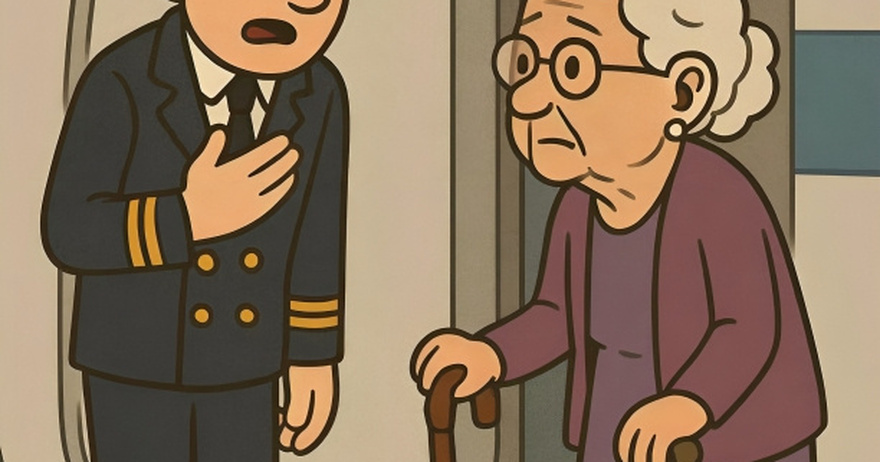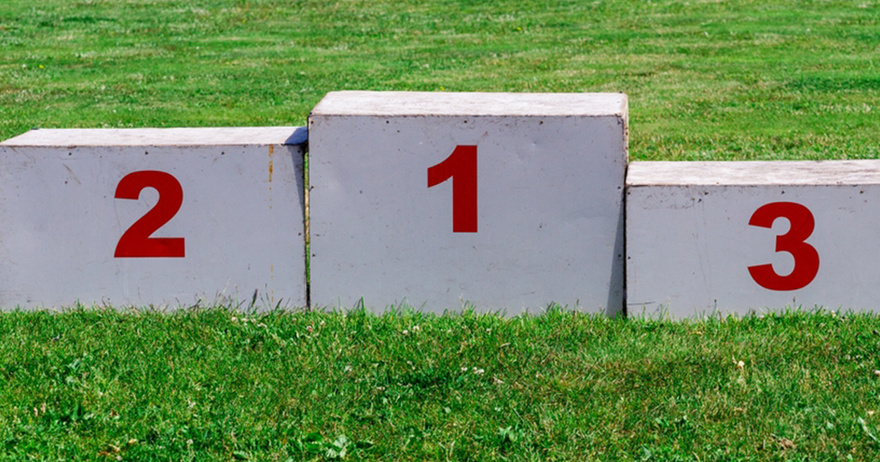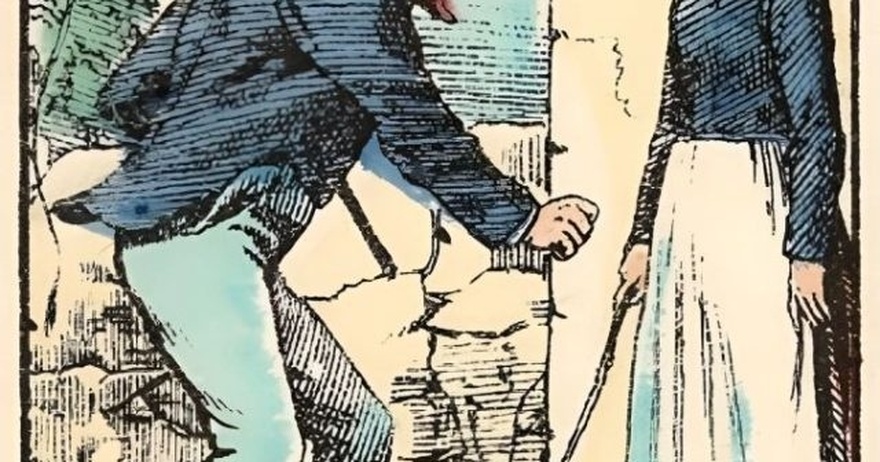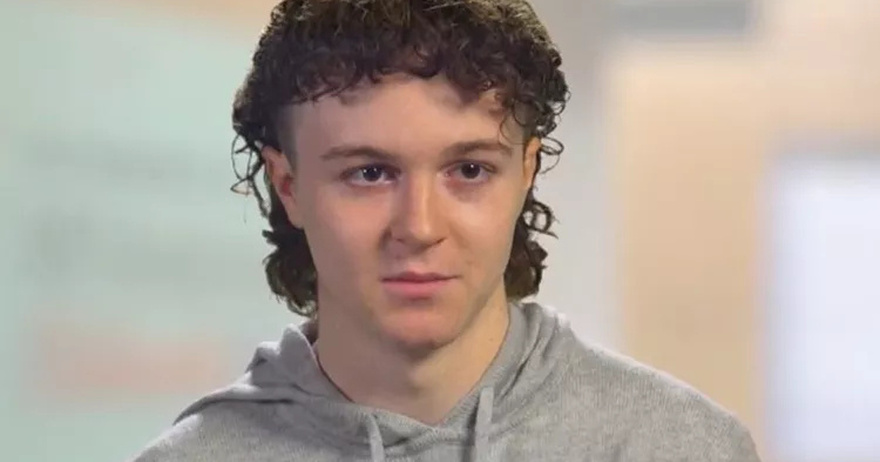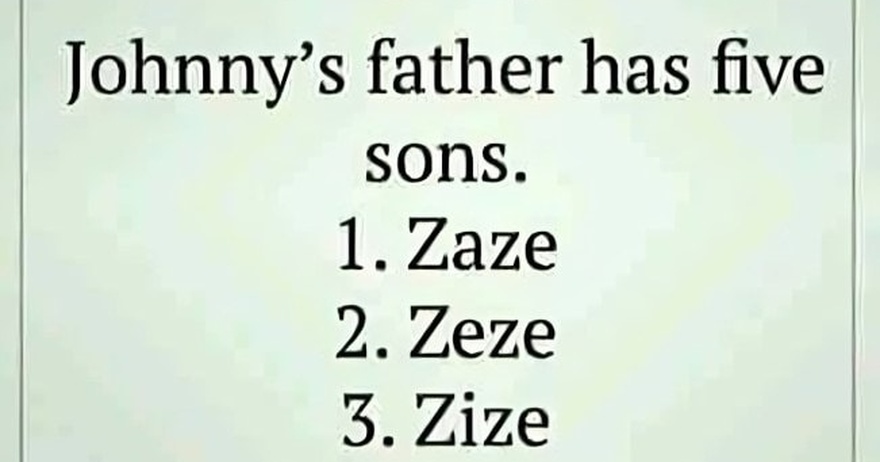Do you love a good brain teaser? This puzzle will put your observation skills to the test! At first glance, it looks simple—but only a few sharp-eyed problem solvers can count all 11 squares correctly. Many people get it wrong because they miss hidden details. Are you up for the challenge? Take a careful look, make your best guess, and check the step-by-step breakdown below.
Let’s dive in and see if you can solve it!
The Puzzle: How Many Squares Can You See?
Look at the image (or imagine a grid-like structure). Your challenge is to count all the squares hidden within. It may seem easy, but don’t be fooled—some squares are cleverly tucked inside others.
Before scrolling further, take a moment to count them carefully. Once you have an answer, compare it with our explanation to see if you got it right!
Common Mistakes People Make
Many people struggle with this puzzle because they rush through it or focus only on the most obvious squares. Here are the three biggest mistakes that lead to incorrect answers:
1. Overlooking Smaller Squares
Most people easily spot the big squares, but they miss the smaller ones that are nestled inside. These tiny squares are essential for arriving at the correct count.
2. Miscounting Overlapping Shapes
Some squares share sides with others, making it easy to double-count or miss squares entirely. If you don’t check carefully, you might add or skip numbers.
3. Stopping Too Soon
Many people give up too quickly, thinking they’ve found all the squares when they’re actually just halfway through. A systematic approach is key to solving this puzzle.
So, how do you make sure you get the right answer? Let’s go step by step!
Step-by-Step Breakdown: Finding All 11 Squares
To solve this puzzle correctly, you need to count squares in an organized way. Let’s go through it systematically.
Step 1: Count the Smallest Squares
Start with the smallest squares first. These are the individual squares that make up the entire structure.
In this puzzle, there are 5 smaller squares (highlighted in different sections of the grid).
Step 2: Identify the Medium-Sized Squares
Now, look for larger squares formed by combining smaller ones. These medium-sized squares often go unnoticed at first.
In this case, there are 5 medium squares that enclose groups of the smaller squares.
Step 3: Find the Largest Square
Finally, take a step back and look at the big picture. The entire diagram itself forms 1 large square when seen as a whole.
Step 4: Add Up the Total Number of Squares
Now, sum them all together:
-5 small squares
-5 medium squares
-1 large square
-Total: 5 + 5 + 1 = 11 squares
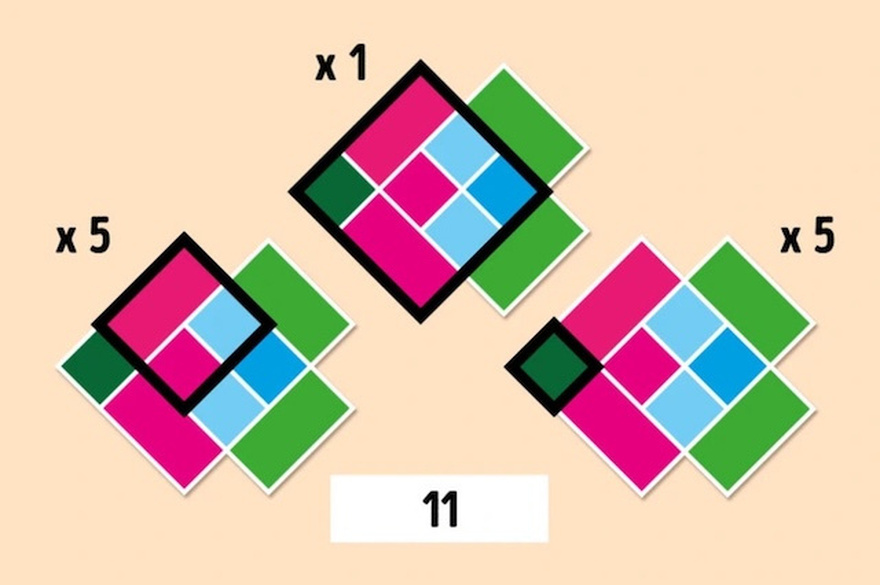
Did You Get It Right?
The correct answer is 11 squares! If that’s the number you counted, congratulations—you’ve got a sharp eye for detail! If not, don’t worry. This puzzle is designed to challenge your perception, and now you know how to approach similar problems in the future.
Why Puzzles Like This Are Great for Your Brain
Solving visual puzzles isn’t just a fun activity—it’s also great exercise for your brain. Challenges like this help to:
✔ Improve problem-solving skills
✔ Enhance pattern recognition
✔ Boost attention to detail
✔ Sharpen logical thinking
The more you practice puzzles like this, the better your observation skills will become!
Final Thoughts: Challenge Your Friends!

Did you manage to find all 11 squares on your first try? Share your experience in the comments and let us know if this puzzle tricked you. If you enjoyed this challenge, why not test your friends and family? See if they can spot all the hidden squares or if they fall into the common mistakes!
Puzzles like this are not just fun—they help keep your mind sharp and improve your critical thinking. Stay tuned for more mind-bending challenges that will push your logic and observation skills to the next level!
